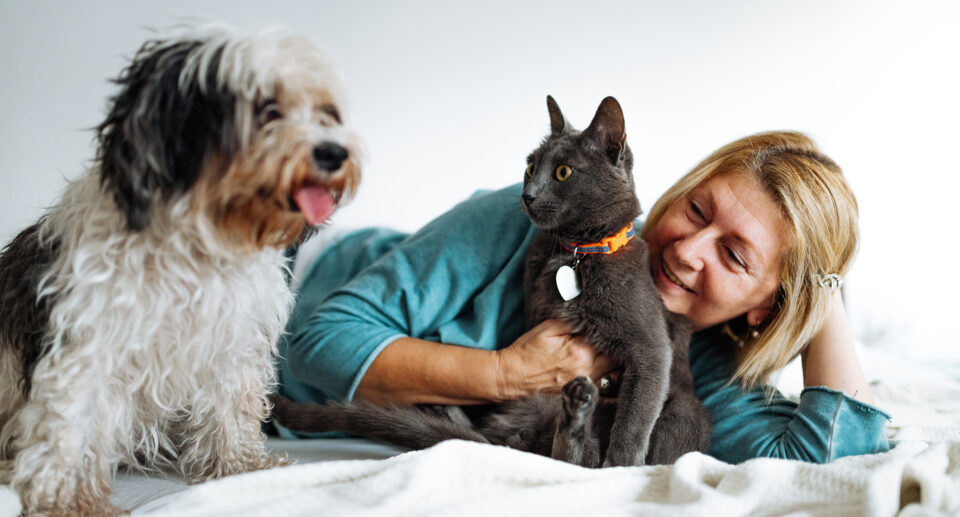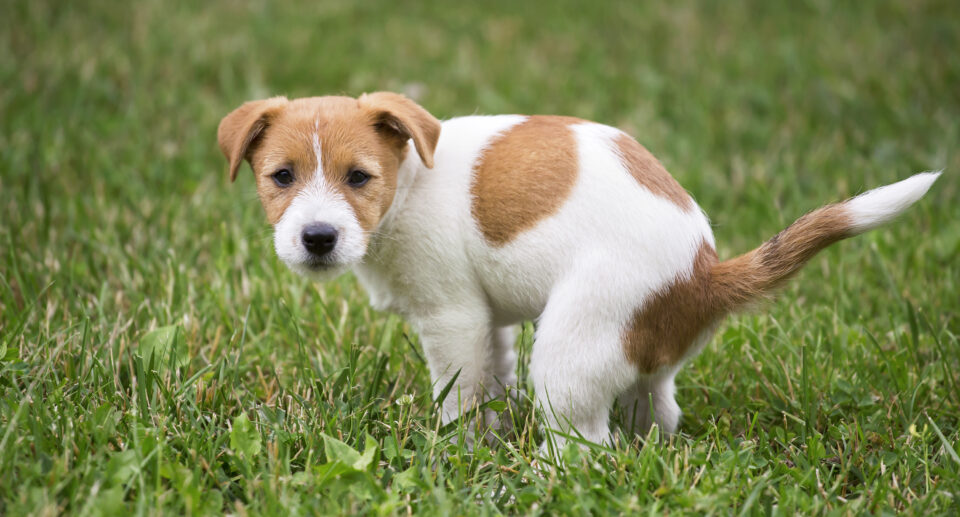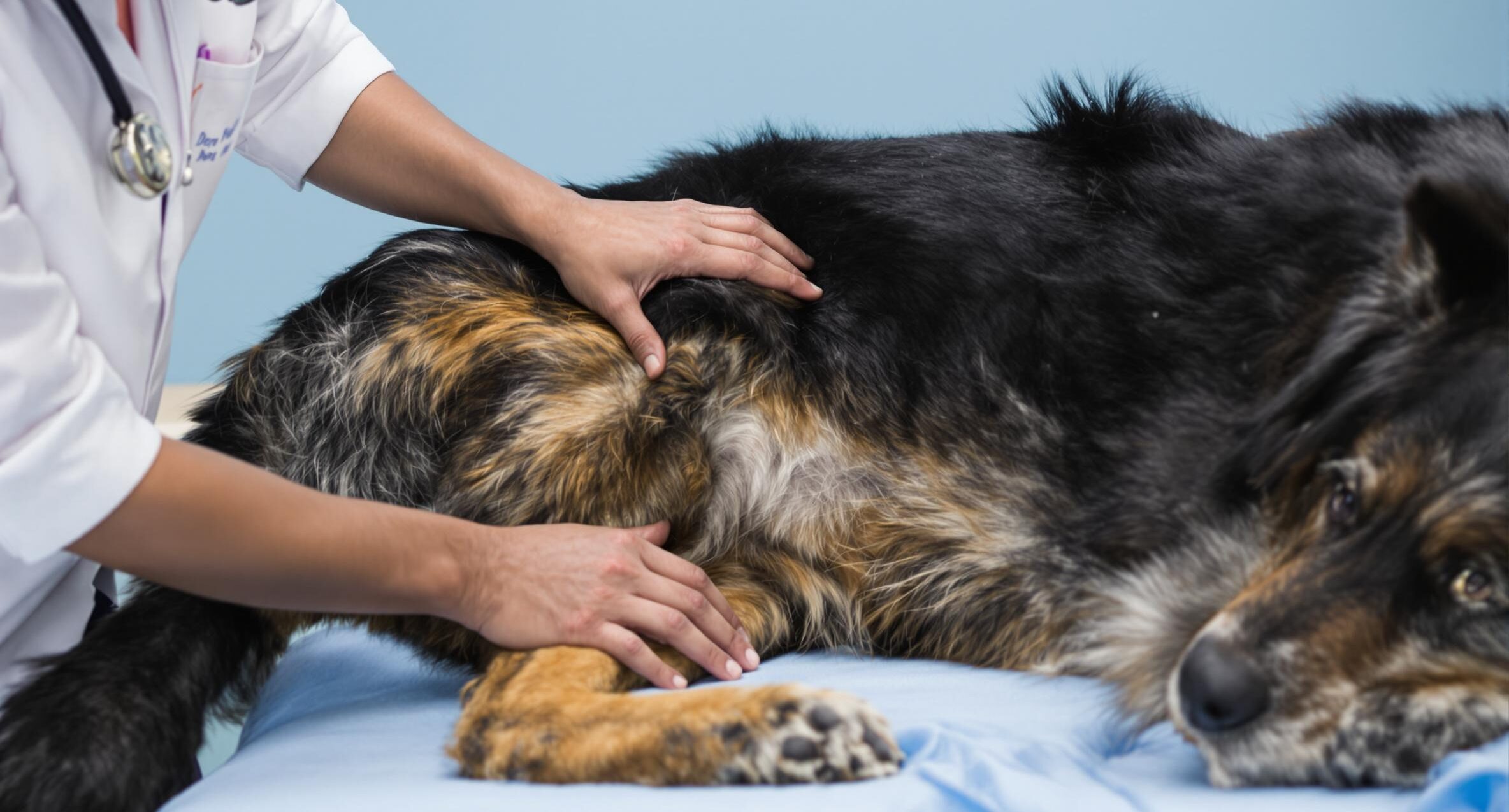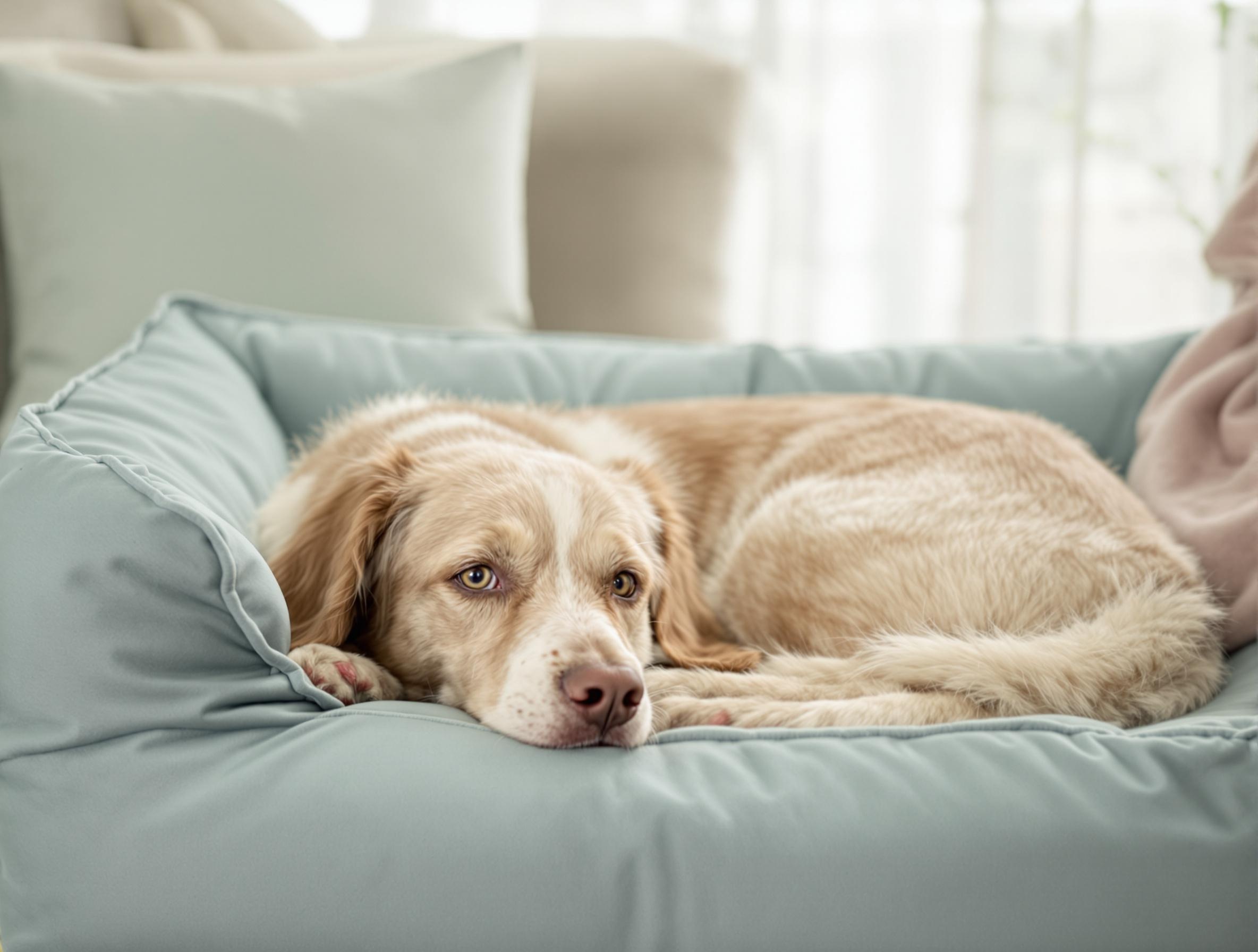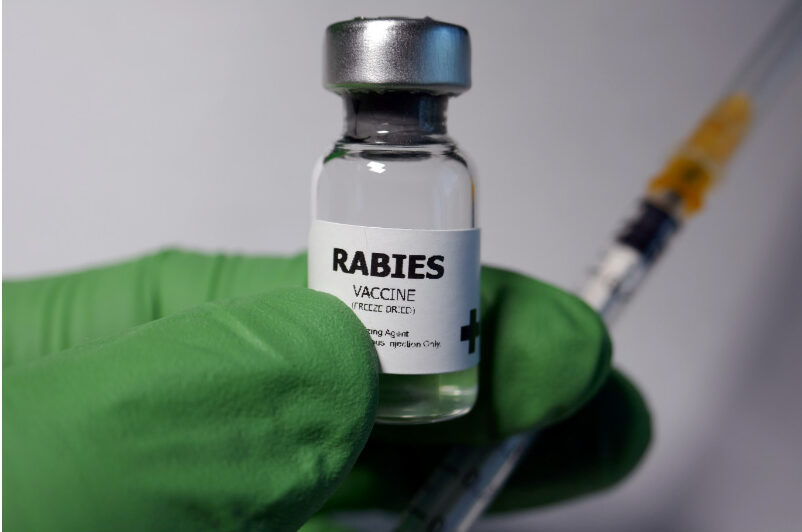5 Key Tips for Taking Your Dog To Work

Bringing pets to work can mean less stress, better productivity, and of course, more cuddles. There’s even a holiday – National Take Your Pet To Work Day – that’s celebrated on June 24th to raise awareness of the numerous, documented benefits of making your office pet-friendly. If you’re thinking about taking your cat or dog to work, remember these five tips to make sure your pet’s home-to-work transition goes smoothly.
1. Introduce your pet to their office setup.
If you’ll be taking your pet to work regularly, you’ll likely have a second set of food and water bowls, an office-only pet bed, and other work-only supplies, that way you won’t have to bring everything back and forth on the commute. Give your pet a chance to use their new office digs at home so they’ll feel familiar on their first day of work.
2. Stock up on cleaning supplies.
Accidents and messes are expected while your pet acclimates to your workplace. Make sure you have an enzymatic carpet cleaner, old, washable towels or rugs, lint brushes, and other cleaning supplies that you use around your pets at home. As an added perk, using the same household products can make your office smell like home to your pet.
3. Coordinate with coworkers.
Only a select few cats and dogs instantly warm up to other animals. The excitement of spending time in a new space can heighten the chances that your pet could get into a scuffle with your coworker’s pet. Watch your pets closely in shared spaces, use pet gates or playpens to separate animals while they get to know one another, and always have a backup plan. If the office pets can’t get along, it might be better to alternate pet days so pets that clash aren’t forced to interact.
4. Talk about treats.
Everyone in your workplace is going to want to give your pet treats. If your pet has a chronic health issue, a delicate tummy, or a weight problem, you may need to coordinate beforehand to ensure that they aren’t overindulged.
5. Plan for distractions.
Your dog might bark while you’re on call, or your cat might scurry underfoot when you’re trying to get things done. You can give your pet a job so they’ll be busy when you’re busy. For dogs, this might mean having a long-lasting chew bone, a loaded Kong, or puzzle toy. For cats, a cardboard box scattered with treats can keep them occupied.

